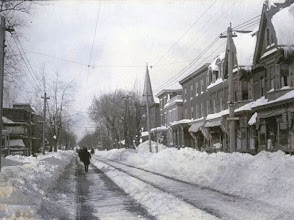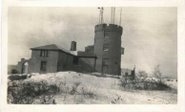Winter '21 / '22 - Quasi-Biennial Oscillation (QBO): OCT-21
-19.14 (just inside 1-sigma from the mean)
OCT is now the 5th month with a QBO index below zero having flipped in JUN following its 14 month run in positive territory. The 30mb flow over the Equator oscillates from east to west every 14 months; therefore ... the current easterly state of the QBO is expected to last throughout Winter '21 / '22.
Leading analog years
Winter / ENSO (MEI)
72-73 / W+
00-01 / C-
09-10 / W
91-92 / W+
58-59 / W-
With La Nina temperature anomalies in ENSO Region 3.4 expected to
persist through at least late winter ... all QBO analog years are
rejected except Winter 00/01.
- Winter '00 / '01
The sum-total of the season-total snowfall for all Contest forecast stations was 1,312". (~21% above the 1968 - 2021 period-of-record average 1,085".
Eurasia/s OCT areal snow cover slightly below normal.
D-J-F Index Averages
AO: -1.312
NAO: +0.040

























No comments:
Post a Comment